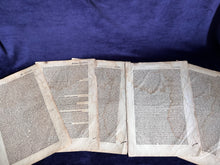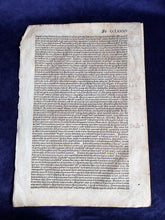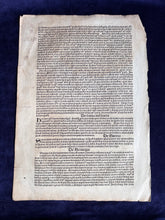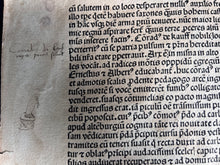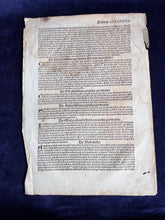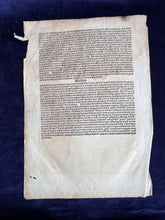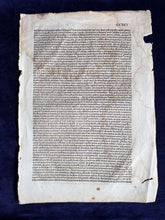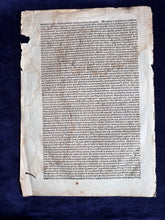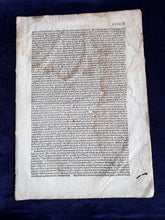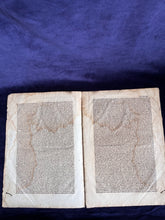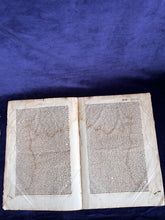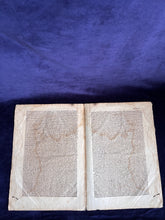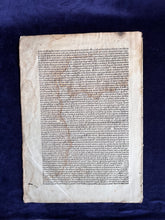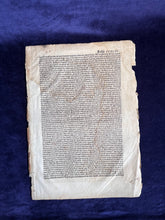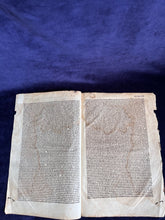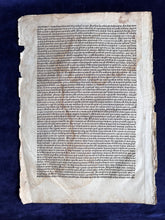
9 folios of Hartmann Schedel’s Liber chronicarum (Schedelsche Weltchronik)/ Nuremberg Chronicle
Description: Nuremberg: Anton Koberger, for Sebald Schreyer and Sebastian Kammermeister, 12 July 1493. Latin. 9 folios. 66 long lines with gaps intended for hand-rubricated pilcrows and initials. Single gathering of 2 bifolia and gathering of single bifolium, with 3 loose leaves. Contemporary late 15th/early 16th c. marginal commentary, inculding manicula. Watermarks present but obscured. Waterstaining, minor worm holing, and ca. 20th c. paper tape repair to bifolium.
ISTC is00307000
Text: Folios CCLXXXII, CCLXXXVII, CCXCI-VII
“De Dania vel Dacia”, “De Suecia”, “De Noruegia”, “De Khenesibus Germanie superiorus populis”, “De Thirolensibus populis Germanie”, “De Alsacia alias Hevetia populis Germanie”, “De Sabaudia”, and Italia.
The shift from manuscript to print did not happen over night. Hartmann Schedel (1440-1514) witnessed the transition from laboriously produced manuscripts circulating the currency of scholarly thought, to the rapidly iterable prints produced by the introduction of the printing press to Europe via Johannes Gutenberg. And Schedel, bibliophile & physician, used this technology to his advantage.
He compiled an encyclopaedic world chronicle of secular and ecclesiastical history, drawing from well-known medieval sources. His compilation included nearly 2,000 woodblock images and maps, produced by Michael Wohlgemut (1434-1519) and his stepson Wilhelm Pleydenwurff (1460-1494). It was Seabed Schreyer and Sebastian Kammermeister who commissioned both a Latin and German version of this work in 1491. The work was printed by Anton Koberger (godfather of Albrecht Dürer), who, at the time, was only the second printer in Nuremberg. It is estimated that Koberger produced between 1,400 and 1,500 copies of the Latin version, however, only 400 of the Latin copies have survived into the 21st century.
The text presented in these 9 extant leaves (or 18 pages) focuses on Scandinavia, Germany, and Italy.
The section on Italy derives from Montisferrati Marchionum et Principum regie propaginis of Benvenuto Sangiorgio (1450-1527), which was not widely published until 1519 and 1521 (suggesting that Schedel worked from a manuscript copy for his compilation efforts).
The German section draws nearly word-for-word from a history written in the mid-1400s by Aeneas Piccolomini, better known as Pope Pius II. An additional note at the end of fol. CCLXXXVII addresses some of the lacunae of Piccolomini’s work on Germany. But what Piccolomini’s work points— and the subsequent compilation of the work solidifies— is the nascent concept of a modern Europe in the 15th century. Before the 15th century, this region was referred to as “Christendom;” it wasn’t until the 16th century that “Europe” was the common term. Piccolomini’s 1457 text, influential in its own right, and the remixing of it into the 1493 Nuremberg Chronicle, printed only a year after the Americas were encountered by Europeans, speaks to a protean moment in history as modern ideas formed from medieval ones.
















